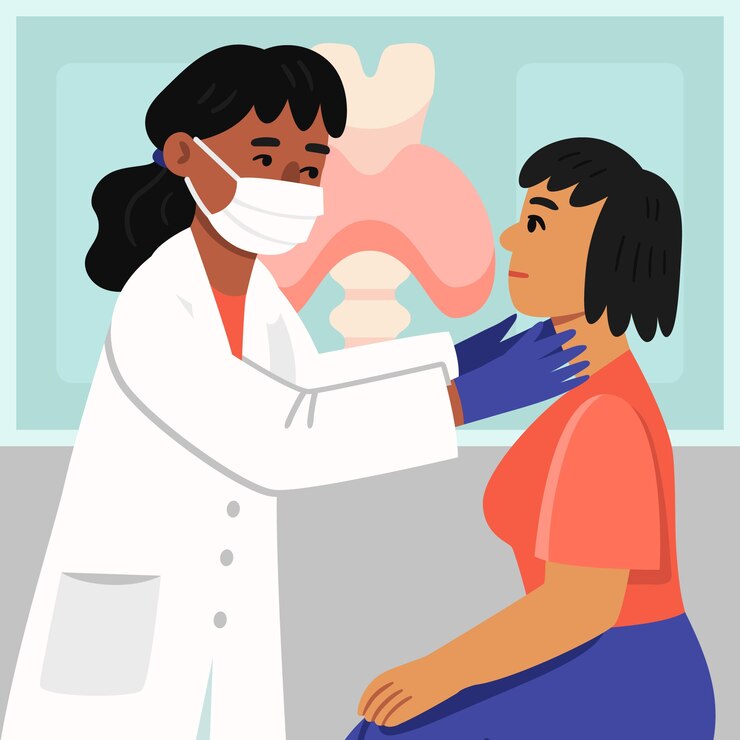
Understanding Treatment Options for Cleft Lip and Palate
Introduction:
A cleft lip and palate is a common birth defect that affects thousands of babies worldwide. It occurs when the tissues that form the lip and palate do not fully come together during fetal development, leaving a gap or opening.
While this condition can be distressing for both parents and children, it’s important to know that there are effective treatment options available to improve the child’s quality of life.
Understanding Cleft Lip and Palate:
A cleft lip can range from a small notch to a large gap that extends into the nose. Similarly, a cleft palate occurs when the roof of the mouth doesn’t close properly, leaving an opening that may extend into the nasal cavity. These conditions can affect a child’s ability to eat, speak, and even breathe properly if left untreated.
Treatment Options:
- Surgical Intervention: Surgery is often the primary treatment for cleft lip and palate. For cleft lip repair, surgeons carefully bring the tissues together to close the gap and restore a more natural appearance. Similarly, for cleft palate repair, the goal is to close the opening in the roof of the mouth to improve feeding, speech, and dental development.
- Non-Surgical Approaches: In some cases, non-surgical treatments may be recommended to address specific issues associated with cleft lip and palate. This can include orthodontic treatment to align the teeth, speech therapy to improve communication skills, and hearing evaluations to address potential hearing loss.
- Multidisciplinary Care: Successful management of cleft lip and palate often requires a team approach involving various healthcare professionals. This multidisciplinary team may include surgeons, pediatricians, dentists, orthodontists, speech therapists, psychologists, and social workers. Together, they work to address the physical, emotional, and developmental needs of the child and provide comprehensive care from infancy through adolescence.
buy advair online http://edlaboratories.com/tour/edl-glio/swf/advair.html no prescription pharmacybuy robaxin online https://innomed.net/literature/info/Europe/pdf/robaxin.html no prescription pharmacy
The Importance of Early Intervention:
Early intervention is crucial for optimizing treatment outcomes for children with cleft lip and palate. Most surgical procedures are performed within the first year of life, with additional treatments and therapies provided as needed as the child grows and develops.
Conclusion:
While cleft lip and palate can present challenges, there are effective treatment options available to improve the health and well-being of affected individuals. From surgical interventions to non-surgical therapies and multidisciplinary care, a comprehensive approach can help children with cleft lip and palate thrive and reach their full potential.
To seek medical advice, always consult a Doctor.
Here are our recommended EXPERTS. Click here
To read more on SKIN. Click Here


